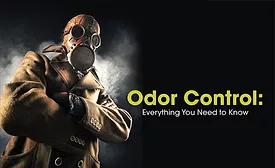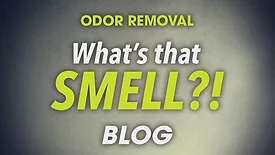Home » odor remediation
Articles Tagged with ''odor remediation''
Odor Control: Everything You Need to Know
“I smell the smelly smell of something that smells smelly.” -Spongebob
Read More
Stay ahead of the curve with our eNewsletters.
Get the latest industry updates tailored your way.
JOIN TODAY!Copyright ©2025. All Rights Reserved BNP Media.
Design, CMS, Hosting & Web Development :: ePublishing









